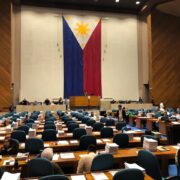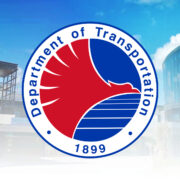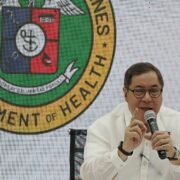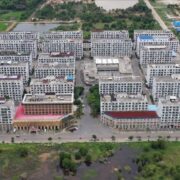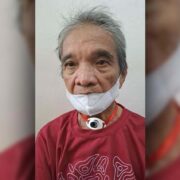My Sona ‘sanas’
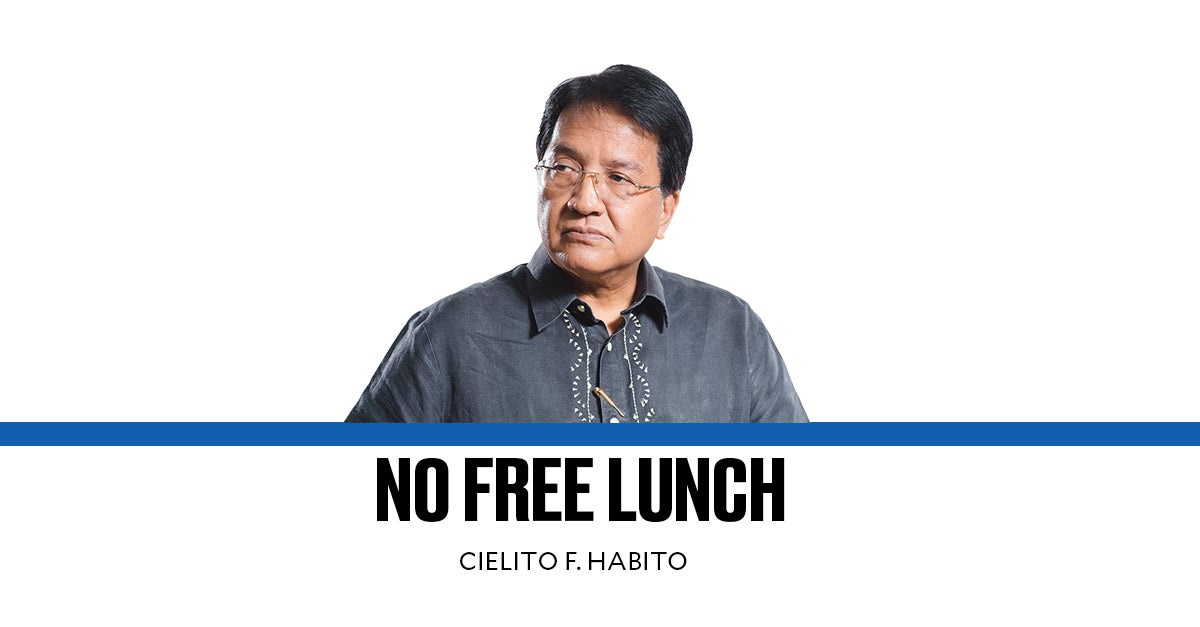
“Mahiya naman kayo! (Shame on you!)” seemed to be the most resonant sound bite from President Marcos’ State of the Nation Address (Sona) last week. But unlike his live audience then, I’m not cheering; I had hoped for much stronger words than that. While he was addressing our corrupt public officials—many hypocritically applauding in the very chamber in which he was speaking—it seemed as if curbing corruption were simply a matter of shame that our thieving public servants are devoid of to begin with. And the offenders alluded to could thus see corruption as a choice rather than as something certain to meet severe punishment. Having recently written that his ideal legacy should be an all-out drive against corruption (see “Marcos’ ideal legacy,” 7/22/25), I would have rather heard him mouth the line the late broadcaster Mike Enriquez was widely known for: “Hindi namin kayo tatantanan! (We won’t let up on you!)” I’ve long believed that curbing corruption in this country can only happen from the top, and will not happen unless the President declares zero tolerance for and total war on corruption, and acts convincingly about it.
But friends tell me it won’t work for Mr. Marcos because (1) he would not strike fear down the spines of offenders even if he declared it, being seen to be soft and “mabait,” unlike his fearsome predecessor; and (2) he simply has no moral authority to be saying it, having parents whom Filipinos widely saw to be corruption personified (on this, neither does his predecessor). Still, he could have gone well beyond just focusing on spurious flood control projects and announced dramatic measures to stop corruption overall. Yet all he promised was to expose anomalous flood control projects and file cases (“kakasuhan”) against their perpetrators. In a country where corruption cases take ages to bring to conviction, if at all, and where even convicted grafters actually get elected to high office, “kakasuhan” is no deterrent.
Much has already been said and written about last week’s Sona. Belated as it may be, as many have already done so in the past week, allow me to chime in with some of my own “sana” or wish list against what he said, or failed to say. As already indicated above, my own biggest “sana” in Mr. Marcos’ Sona would have been a much stronger message on corruption than he conveyed. He can still put on an iron fist if he wants to.
Many of my other “sanas” have to do with agriculture, the backbone of our economy, which, like education, has been in a vital crisis. The President singled out the Departments of Labor and Employment, Trade and Industry, Social Welfare and Development, and Tourism as the key agencies finding opportunities for the 4 percent of our workforce still without a job. But he omitted the Department of Agriculture (DA), even as it’s in this sector where the Philippine Statistics Authority has reported the largest job losses in the last two to three years. While he dwelt on the sector a bit, I felt he largely missed the mark by speaking of the same old piecemeal fixes that never addressed the roots of our agriculture crisis, which center on governance and institutions. I’m disappointed, for example, that he made no mention of cooperatives as key to uplifting the sector, even as our farmers’ counterparts in Thailand, Taiwan, South Korea, Japan, and Vietnam have done much better precisely because of co-ops that the bulk of them are part of.
I wish he had exhorted Congress to do for agriculture what it’s currently doing to address our education crisis, via the Second Congressional Commission on Education or EdCom II, drawing widely on experts and stakeholders to craft institutional reforms for the sector. I’ve long argued that agriculture is too important to be left to the DA alone, and it’s time a similar Congressional Commission on Agriculture or AgriCom took a long, hard look at the sector and brought in the country’s best minds to fix it. But I would urge all of us to recognize that the sector’s challenges call for a multidisciplinary and multistakeholder lens that agriculturists alone (licensed or otherwise) cannot have all the answers for. I would also urge successful provincial leaders who have managed their farm sectors well (they are growing in number) to step up and show the way to effective province-led devolution that avoids the pitfalls of DA’s stubborn top-down and top-heavy governance of the sector. And I’d recommend calling in young practitioners who are now showing agriculture to be both exciting and enriching, when digital and other advanced technologies are tapped to raise productivity “from field to fork,” or all across the farm value chain.
The state of the nation is determined by the strength of its institutions. This, to my mind, is what the President should have challenged Congress to fix. Sana.




